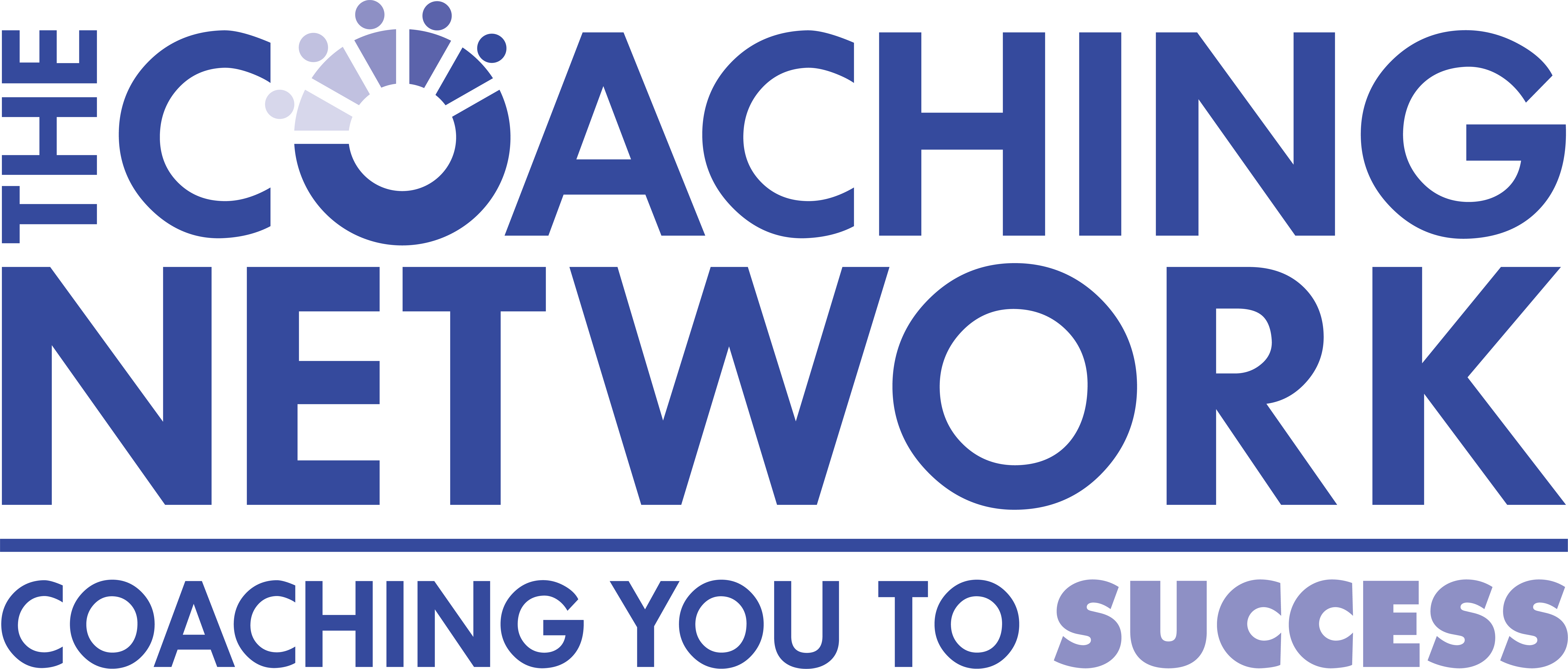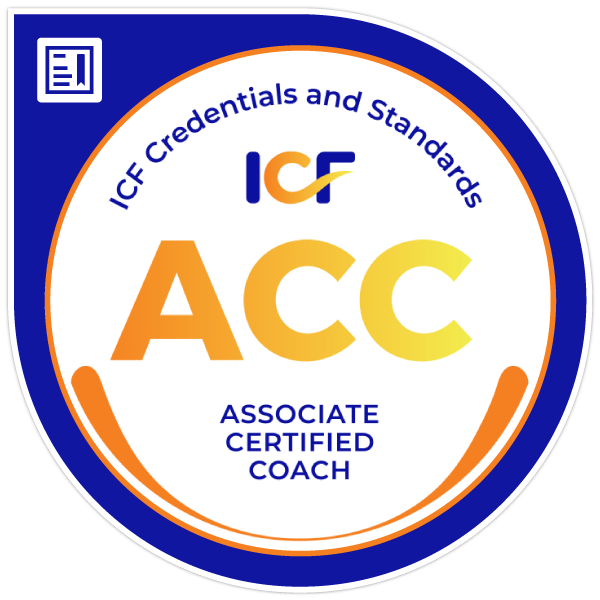Ever feel like teamwork is a constant balancing act between achieving goals and maintaining harmony within the group? This week, I dove into The Five Dysfunctions of a Team by Patrick Lencioni, and if you’ve ever struggled to get your team on the same page, this book is a game-changer.
At the heart of The Five Dysfunctions of a Team is the idea that teams fail not because of lack of talent, but because of underlying dysfunctions that go unaddressed. Lencioni breaks down these dysfunctions and shows how they prevent teams from achieving real success. From trust issues to avoiding accountability, these dysfunctions can derail even the most talented groups. The good news? Once you understand these barriers, you can take steps to overcome them and create a truly cohesive team.
Here’s a quick breakdown of the five dysfunctions Lencioni outlines:
1. Absence of Trust
Teams can’t function without trust. When people don’t feel safe being vulnerable or admitting mistakes, collaboration breaks down. Creating trust starts with open communication. Teams need to be comfortable sharing their struggles and supporting each other through change. Vulnerability is a strength, not a weakness.
2. Fear of Conflict
Do your team meetings feel like everyone’s just nodding along? That could be fear of conflict at play. Healthy debate and productive conflict are essential for growth. Embracing tough conversations creates environments where it’s okay to disagree. Conflict, when done right, can push teams to innovative solutions and deeper understanding.
3. Lack of Commitment
Ever feel like people are just going through the motions? That’s what happens when teams don’t fully commit to decisions. Without buy-in, efforts are half-hearted. Setting clear expectations and holding open discussions on goals can help teams align and commit fully to the task at hand.
4. Avoidance of Accountability
Holding each other accountable is tough, especially when you don’t want to create tension. But without accountability, teams can’t reach their potential. Asking the right questions encourages accountability in a way that promotes growth rather than blame. When everyone holds each other to high standards, the whole team thrives.
5. Inattention to Results
It’s easy for team members to focus on individual achievements, but when that happens, the team as a whole suffers. Staying focused on the collective outcome ensures that everyone is pulling in the same direction, leading to better results overall. Clear communication and shared goals keep the focus where it should be—on team success.
At The Coaching Network, I developed an Error Log inspired by the five principles from The Five Dysfunctions of a Team, designed to improve communication and accountability. This tool encourages transparent sharing of mistakes without judgment, fostering an environment where errors can be addressed collaboratively and resolved quickly.
How to Apply The Five Dysfunctions of a Team to Your Business:
- Build Trust through Vulnerability: Start by creating an environment where your team feels comfortable sharing challenges and admitting mistakes. When people feel safe, trust builds naturally.
- Encourage Healthy Conflict: Don’t shy away from disagreements. Productive conflict leads to better decisions. Set the stage for open discussions where every voice is heard.
- Get Everyone on the Same Page: Make sure your team is aligned on goals and fully committed to achieving them. Clarity and commitment go hand in hand.
- Hold Each Other Accountable: Foster a culture where team members hold themselves and each other accountable. It’s not about blame—it’s about growth.
- Stay Focused on Results: Keep the team’s focus on collective success, not individual recognition. Make sure everyone understands the big picture and works together toward shared outcomes. Use this handy goal worksheet to help you.
Jen Bilger’s work with teams highlights just how important open communication and vulnerability are in overcoming these dysfunctions. She’s helped countless teams through periods of change by asking the right questions and encouraging a culture of trust and accountability. When teams feel empowered to speak up, share openly, and hold each other accountable, they can achieve truly remarkable results.
Jen’s Approach: Asking the Right Questions
Jen’s work with teams isn’t just about telling people what to do—it’s about guiding them to ask the right questions.
She encourages teams to explore:
- What’s the real issue?
Often, the surface problem isn’t the root cause. By digging deeper, Jen helps teams uncover the core issues behind their dysfunction. - How can we communicate more openly?
Open communication requires vulnerability, something Jen emphasizes as essential for team growth. Sharing openly helps break down barriers and rebuild trust. - What can we do better next time?
Rather than focusing on past mistakes, Jen encourages teams to learn from them and use those lessons to improve moving forward.
Reflect for a Moment:
Think about the last time you faced an issue within a team. Did any of these dysfunctions come into play? How did you and your team work through it—or did it remain unresolved?
Want to dive deeper into how you can help your team overcome these common dysfunctions? Be sure to check out this week’s video, where Jen and I share actionable tips for creating a more cohesive and high-performing team.
How are you going to foster trust and accountability in your team this week? I’d love to hear your thoughts!
Cheers to building stronger teams!
– Maria Medina
P.S. – Don’t forget to leave a comment on the video and share how you’re applying these concepts to your team. Let’s keep the conversation going!


